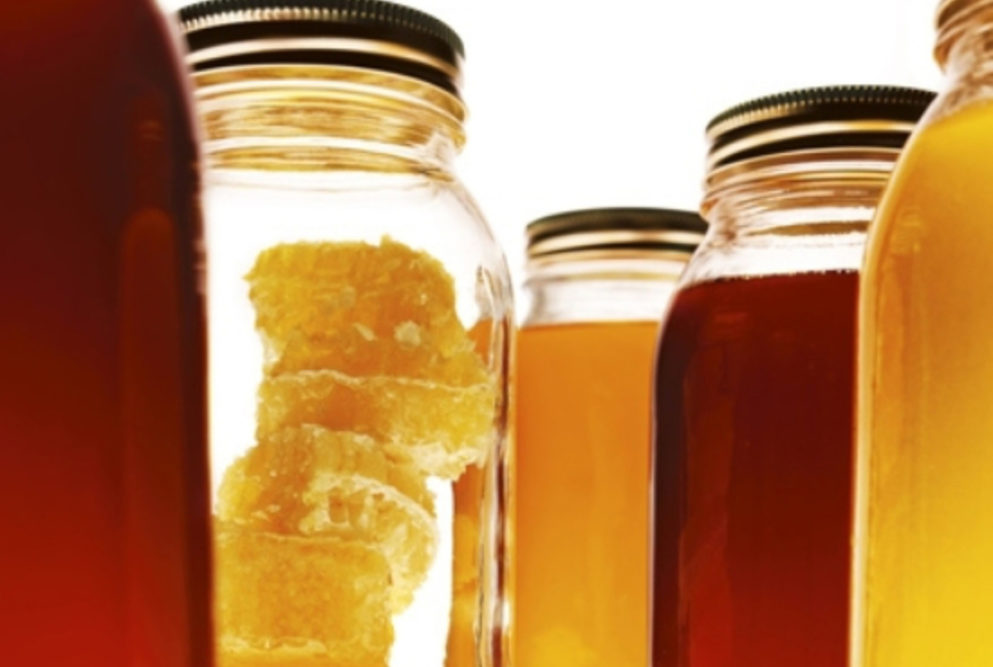Honey keeps foods moist and serves as an amazing humectant, providing a significant advantage over dry sweeteners, especially in bakery foods, according to the National Honey Board. Honey prevents moisture transfer.
Another key advantage is that honey inhibits mold growth. The low pH of honey and hydrogen peroxide component inhibit numerous strains of bacteria growth.
The color and flavor of honeys differ depending on the nectar source (the blossoms) visited by the honeybees, according to the National Honey Board. In fact, there are more than 300 unique types of honey available in the United States, each originating from a different floral source. Honey color ranges from nearly colorless to dark brown, and its flavor varies from delectably mild to distinctively bold, depending on where the honeybees buzzed.
National Honey Month
The National Honey Board celebrated National Honey Month back in September by announcing partners for its Honey Saves Hives program, which spotlights the importance of honey bees through made-with-honey products. When consumers purchase made-with-honey products, they support honey bee health, beekeepers, our diverse food supply and our environment. Honey Saves Hives partners include:
- Caledonia Spirits: Maker of award-winning gin and vodka with honey
- Frönen: Dairy-free ice cream maker that uses honey
- Justin’s: Leading nut butter brand that is dedicated to honey bee health
- Kate’s Real Food: Uses honey in its complete line of clean label food bars
- Mary’s Gone Crackers: Its popular Honey Kookies deliver a clean label graham cracker snack
- Sprecher Brewery: One of the best ranked root beers in the world, made with honey
In September and throughout the year, Honey Saves Hives partners will promote the important role of honey bees and beekeepers. Honey bees are responsible for more than 35 percent of the foods we eat and the honey that we enjoy. As honey bee populations continue to face challenges and experience rates of decline, protecting these pollinators is becoming even more crucial to our ecosystem and food supply.
“We are honored to partner with organizations that share our mission of protecting honey bees, and in turn, our food supply,” says Catherine Barry, National Honey Board vice president of marketing. “I encourage consumers to grab these brands’ delicious made-with-honey products the next time they’re at the supermarket.”
In addition to working with major food and beverage brands to promote honey bee health, the National Honey Board allocates five percent of its annual revenue to honey bee health research, administered by Project Apis m.






